What kind of chlorine should be used if the cyanuric acid level is too high?
Before we get into the answer, cyanuric acid (CYA) is basically sunscreen for your pool. It prevents chlorine from being burned off by the sun. Now Rob, what do we do if gets too high.
The problem with cyanuric acid being too high is that is can block chlorine from killing bacteria. To counteract the CYA, more and more chlorine has to be added to maintain a healthy free chlorine level. Types of chlorine to avoid in this case are chlorine tablets or a di-chlor shock, both of these options are stabilized with CYA. The correct type of unstabilized chlorine in high CYA situations are liquid chlorine like sodium hypochlorite, bleach, or cal-hypo shock, then of course there is regular granular shock. That’s what you’d want to add if your cyanuric acid level is high, where it’s in 70, 80, 90 parts per million range.
Let’s say you don’t want to add chlorine shock: in that case, the best way to drop CYA levels is to drain a portion of your pool water then fill with fresh water. This is the only option because once diluted in into solution, CYA cannot be removed from your water. There are some chemicals on the market that state they are effective for the removal of CYA, but results are spotty at best.
If you have any questions or comments, please leave them down below. And, for all your pool and spa needs, please visit us over INYOPools.com. Thank you for joining us. Bye.

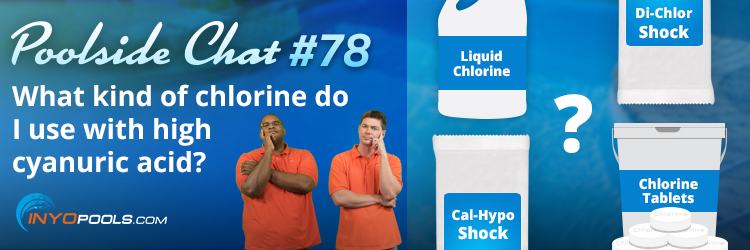
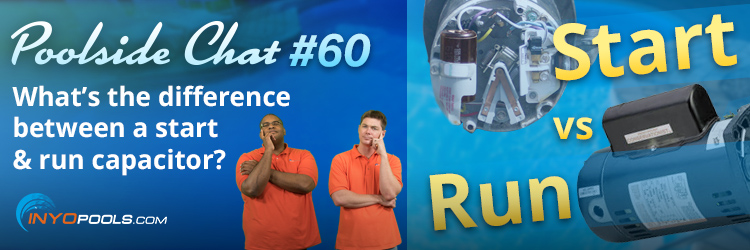
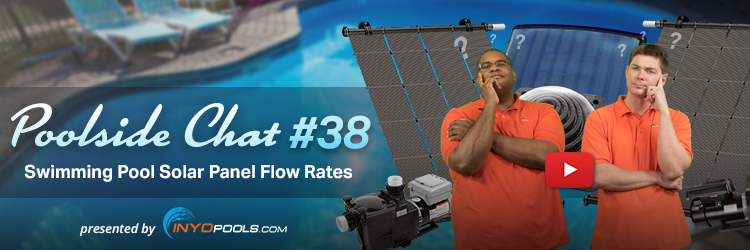
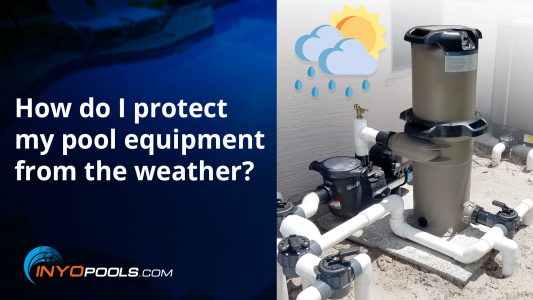
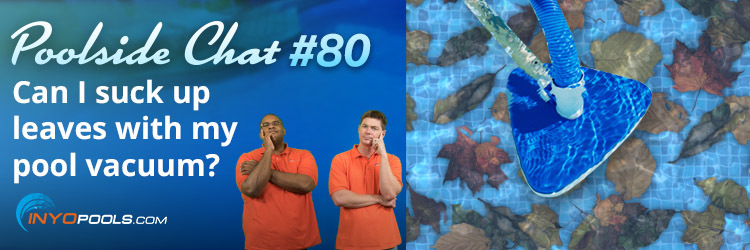






I cannot get my CYA down below 200. I have drain the pool several times and refill with fresh water no change! What else can I do?
I’d get a new test kit or have a pool store test your water to get a second opinion. I have seen residual CYA left in the pool after a drain but nothing over 30ppm. If the CYA measurements are correct after the refills, you should clean your pool, and consider sourcing your new water elsewhere. How Much Does Swimming Pool Water Cost?
What is the difference between cal-hypo shock and regular granular shock that you mentioned in your answer? I thought calcium hypochlorite was granular chlorine. Is regular granular shock not granular chlorine?
What is the brand of shock you are referring to? I ask because every type of chlorine has a “scientific name” like calcium hypochlorite or sodium di-chlor. Most pool shock is made of varying strengths of cal-hypo. You will see products listed as 65 % to 75% cal hypo shock in stores and online.
My free chlorine and CYA levels were too high (FC around 6.5, CY over 100), so I drained about half the pool and filled it back up, but both levels were still very high (FC 3.4, CYA 70-80). A couple of questions:
1) My pH and alkalinity are in the normal range, but my testing kit had a formula to factor in high CYA, which brought the number down to where it is too low. Should I go by the adjusted number, or with the number from my actual test?
2) I haven’t added any chlorine in a couple of days, so the FC has dropped to normal level (2.2 as of last night), but my pool has turned completely green. If I shock it to start the process of ridding it of algae, do I start with shock? Or get the adjusted alkalinity in line first, then shock?
Thanks
If my CYA between 200- 300 what shock would you dose it with to lower they CYA.
We use 3″ Chlorine Tabs • 99% Trichloro-s-trianzinetrione (Tri-Chlor) Active Ingredient
I’m not sure if they have stabilizer included in the ingredients, should we be using those?
Is there any other reason our CYA would be high, maybe from organic debris or any ideas?
Shock doesn’t lower CYA, only draining the pool water and filling with fresh will work. Your CYA is way too high and should not be above 100.
CYA gets in the pool because you are either adding stabilizer or the tablets or liquid chlorine contain CYA. Over the years the CYA builds up if you do not add fresh water.
Thank you, one more question… Does the cya recommendation differ if it is a fiberglass pool?
Doesn’t matter the pool surface type, CYA should not be that high. If you plan on draining a significant portion of your pool water, I would make sure the previous few days have had no rain, to make sure the shell does not pop out.
I live in SW Fl and have a 12,000 gallon above ground pool. We have had a very hot, dry spring after a few bouts of cold ( for us ) weather followed by fast heat ups. I have had intermittent algae problems which is handled well with normal chlorine applications. My alkalinity and ph stays in the proper ranges. I do get organic debris from a tree but I clean the pool frequently to remove it. Now my CYA level is really up and I’ll probably have to drain water off. I do not use tabs or CYA products at all. Do you think my liquid chlorine
that I buy at the pool store could be causing part
of the problem? I would like to avoid this problem in the future so any thoughts would be helpful. Thanks.
Forms of liquid chlorine due contain a stabilizer. The easiest way to find out is to look at the label or ask the pool store you are buying it from to confirm.
If my pool’s CYA level has reached 300, can it be treated with chlorine shock rather than having to drain 1/2 of it and diluting it with fresh water? Having to rent a submersible pump and refill the pool is going to be pretty costly so looking for a less expensive alternative.
I guess in theory you can try to keep CYA at 300 and dose it with shock. But I imagine the amount of money spent on shock and unstabilized chlorine would quickly outweigh the amount to rent a submersible pump.
The CYA shouldn’t be above 100.
Please answer the question above.
You will have to be vigilant about chlorine levels. CYA levels drop due backwashing or draining so you would need to compensate for that. Depends on amount of use, temp, and a few other variables.
In short, give it a try for yourself and tell us how it works.
Suppose cya has reached 50 and i want to maintain that level. Why can’t I just switch to sodium hypochlorite and still be protected from the sun with the residual cya?
Never seen it done, but it sounds like you are going to be our Neil Armstrong. Try it out, tell us how it goes.
You can.
The residual is not going anywhere until you drain the pool. At 50 ppm, you’ll be fine.
You’ll be better at 30 ppm.
Hello all well. If cyanuric acid (CyA) is high and this elevation causes blockage of chlorine, how will I make a superchlorination using the same chlorine derivative, ie dichloro?
If your CYA is high, you can lower it by draining a portion of the pool and refilling with fresh water.